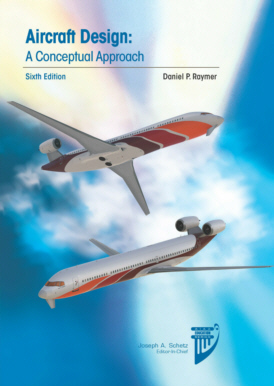Daniel P. Raymer, Ph.D

Throughout the years I’ve been asked to help find copies of the references in my book. Most are available, some free on NASA or DoD websites, some still in print for purchase, and some available at online used bookstores – if you’re lucky.
However, I have not been able to help find copies of the three excellent reports upon which I based many of my statistical weights equations. Short summary papers are available through the Society of Allied Weight Engineers but they don’t contain the full derivations nor the historical aircraft data used to create the equations.
Since the originals are not copyright, are not marked proprietary, and are half a century old, I’ve decided to post them here in pdf form. These were scanned from my ancient photocopies by DAR Corp (thanks, Willem!). Sorry about the scribbles but I never expected my own working copies to be ‘archival’.
Weights Method Development: Cargo & Transport Aircraft
Weights Method Development: Fighter & Attack Aircraft
Weights Method Development: General Aviation
If there is any objection to this free posting please inform me by email. I’m not profiting from this, but don’t want to step on somebody else’s ownership rights (as happens so often to my own work).
If anyone has better copies, please forward them to me. But, it’s more likely that mine are the last in existence, and I wanted them to be available to all. Oh, the covers are my own paste-ups. Such excellent content deserved a pretty wrapper.
Note that these weights equations were based upon aluminum aircraft from the 1950’s and 1960’s, yet are quite useful today. The key equations were derived by starting with a ‘physics-based’ model, then improved by adjusting constants and coefficients to better match real aircraft data. Newer aircraft with newer technologies (such as composites) would still use the same initial ‘physics based’ model but the constants and exponents would adjust to slightly different values. It seems that the exponents derived in these reports are still pretty good even for non-metal aircraft. For example, the percentage increase in wing weight found when changing aspect ratio from 6 to 8 is about the same for metal and non-metal aircraft. It’s the constants that need some revision, and that is easily handled by apply a ‘fudge factor’ to the final result of each equation. Such ‘fudge factors’ are discussed in my textbook, including a table of suggested values.